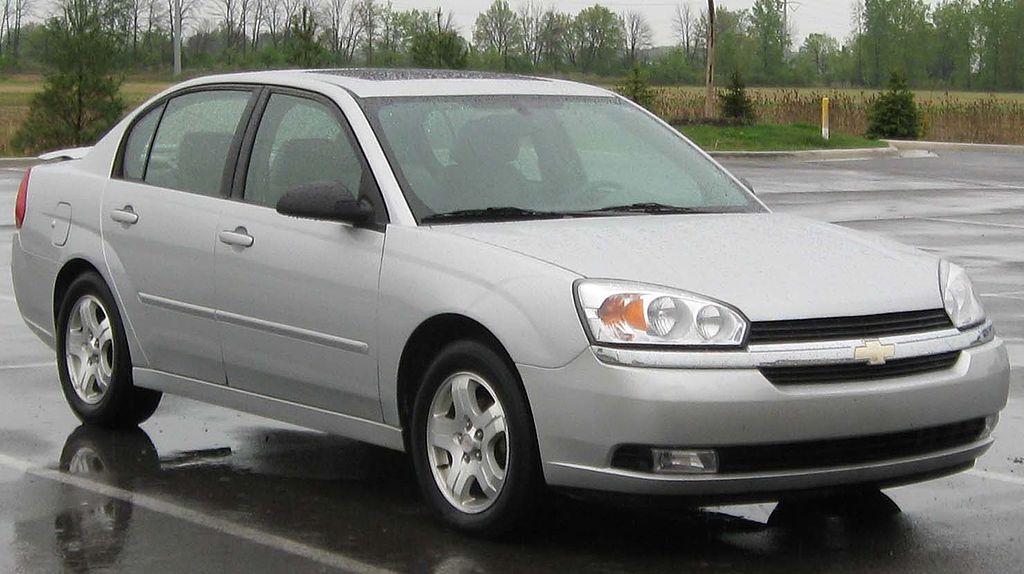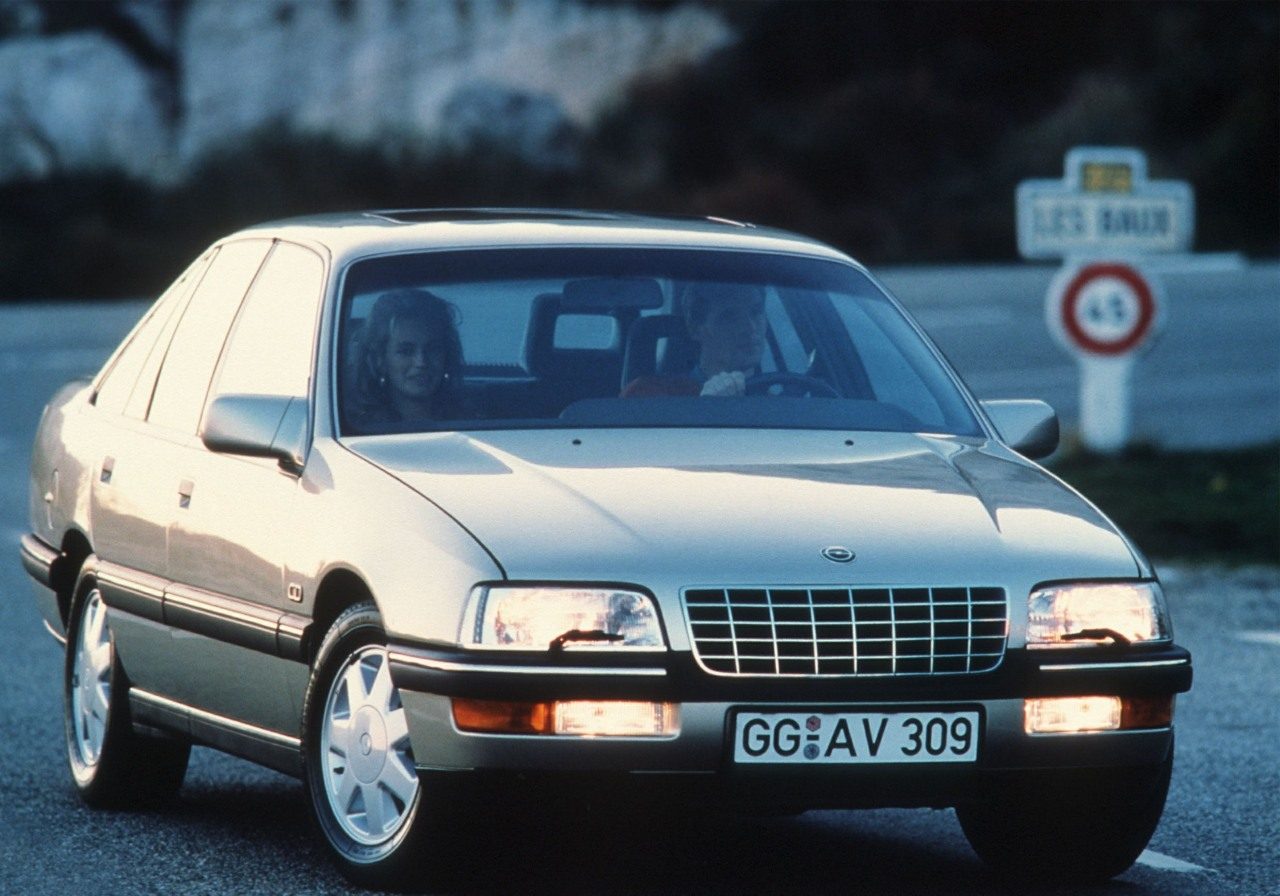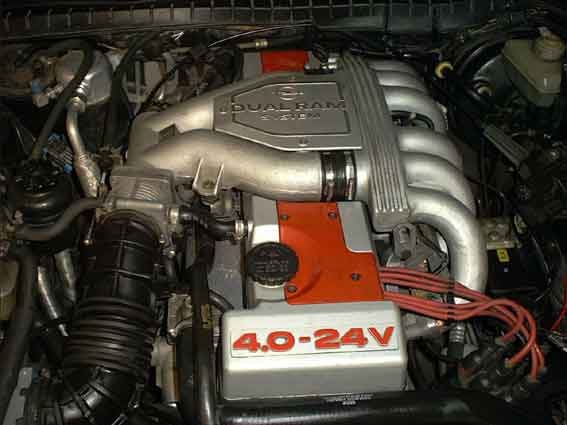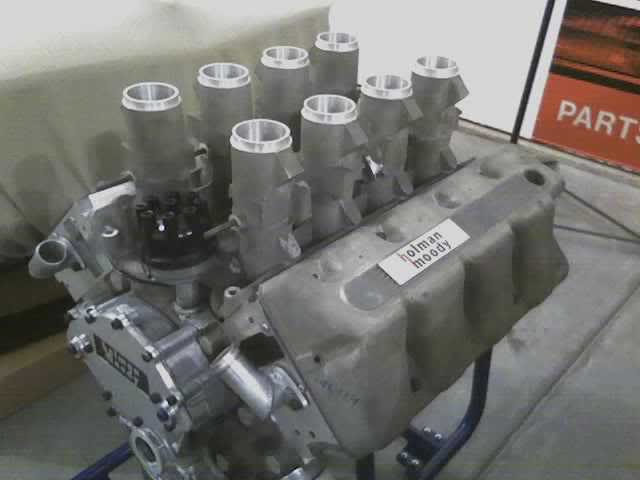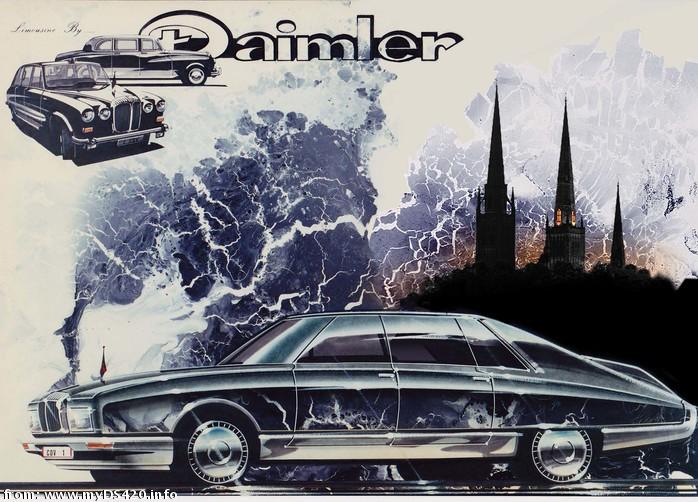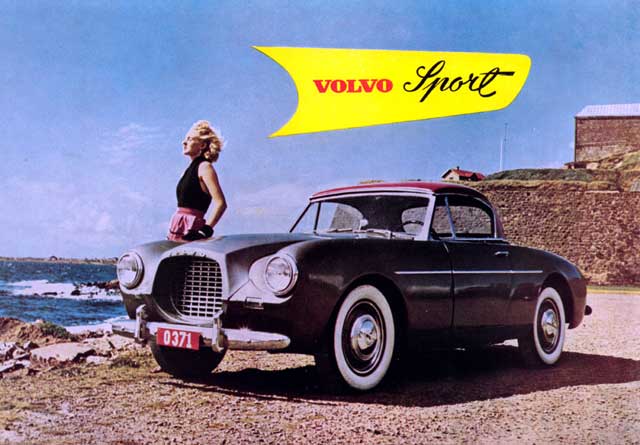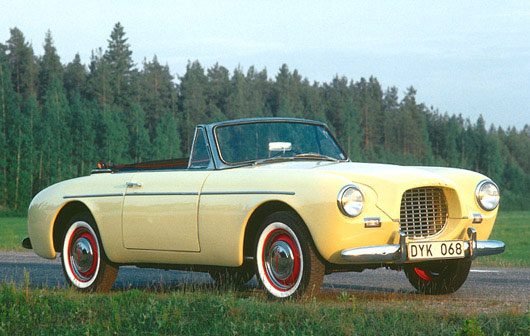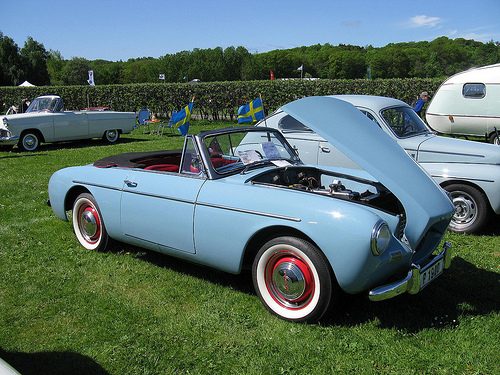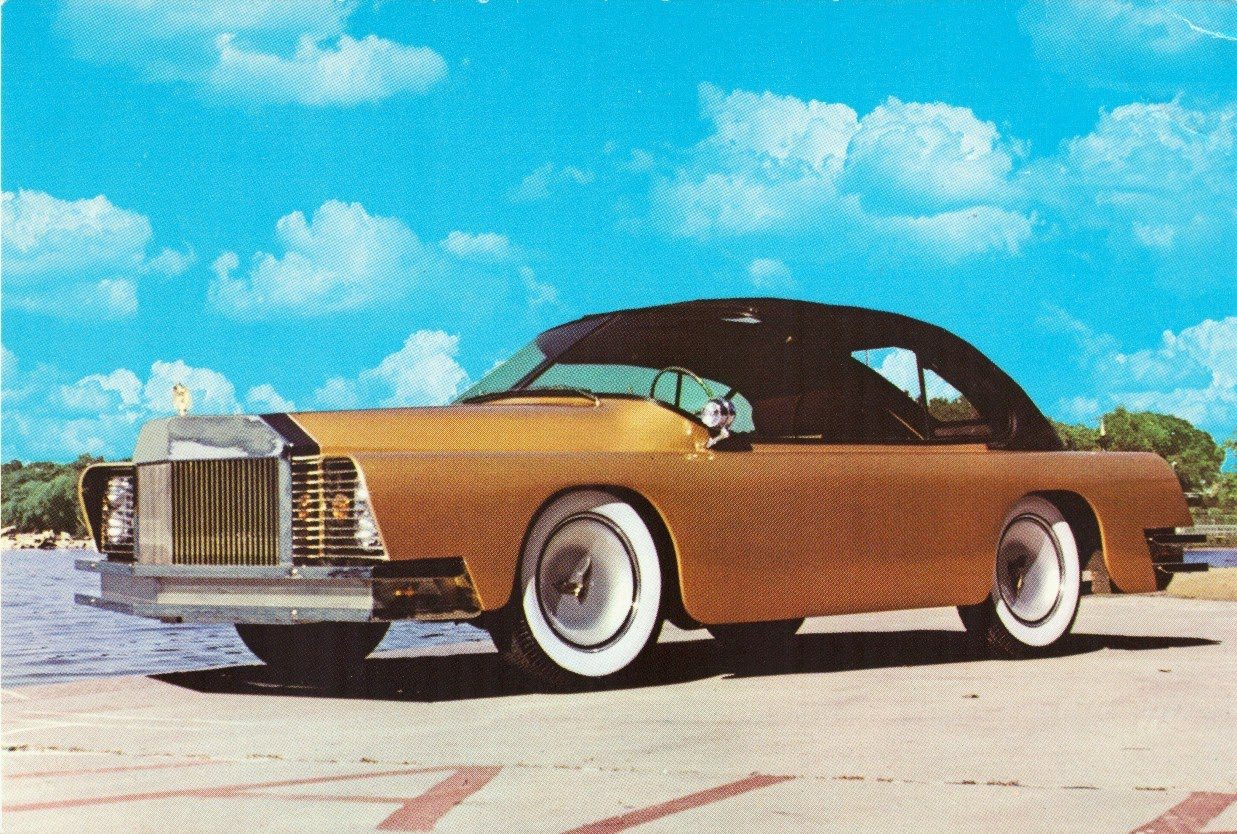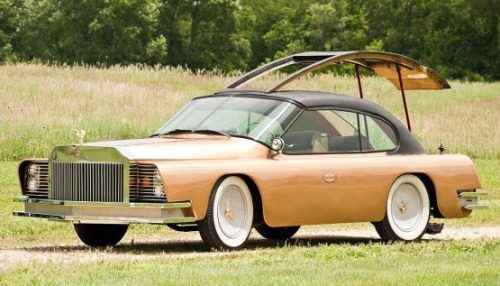As opposed to the barges powered by pencil sharpeners that came before them?

Thanks to European influence, United States engines these days are more economical, lighter, faster and generally more robust and better. Surely that's a good thing?
But I suppose, unless it's a gas guzzling V6 or V8 which haemorrhages oil, it's just not got that 'Murrican charm, has it? The largest engine displacement on a production car I think still belongs to the 1971-1976 Cadillac Eldorado. 8.2L/500ci. Its power at the wheel was at best, 235hp. In 1977 they reduced the engine capacity to 7.2L/425ci at... 180hp. It was also an FF, which I never have understood.
That, frankly, is wasteful and not good enough. Thankfully, Detroit has learnt from those halcyon days.




